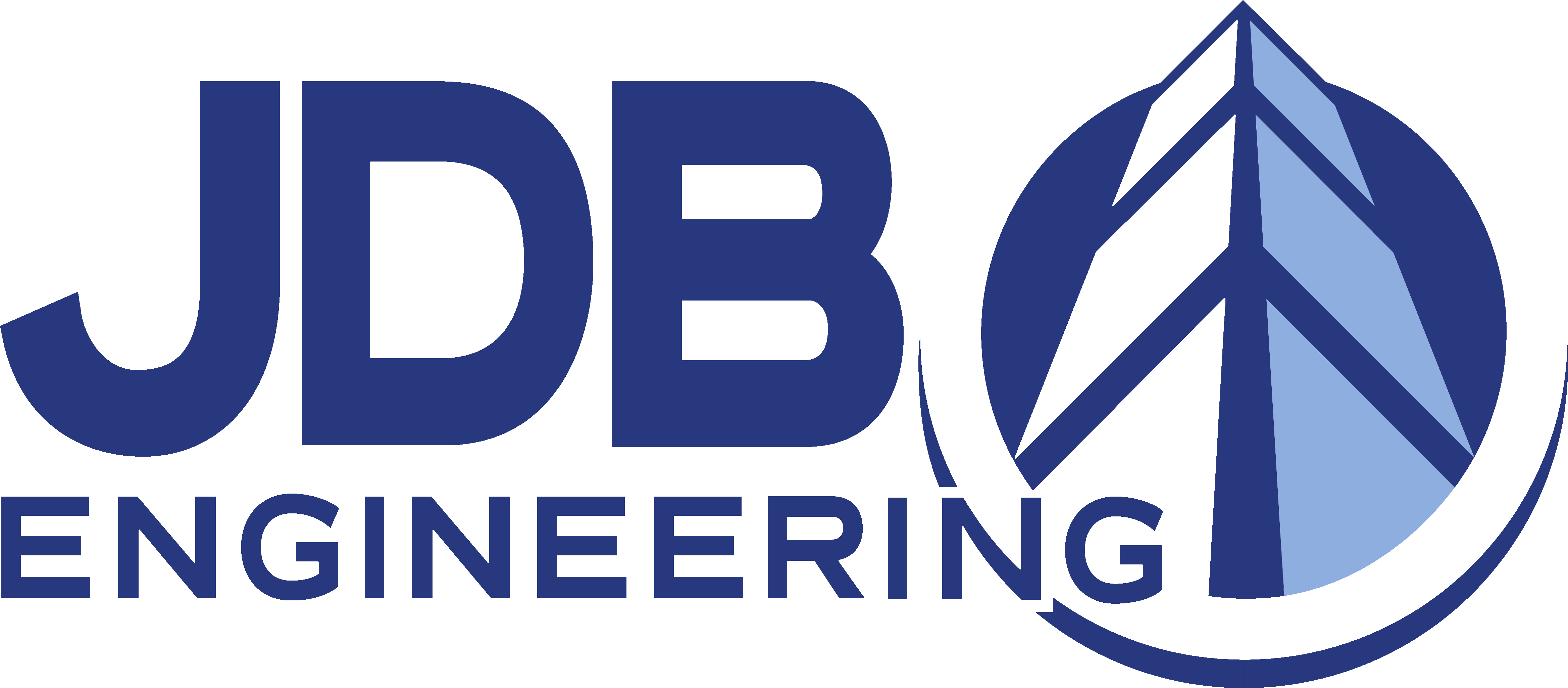Heating, Ventilating, and Air Conditioning (HVAC) systems play a large role in the successful operation of a facility. They are responsible for maintaining comfort conditions day in and day out. These systems, often very large and energy-consuming, are responsible for a large portion of a building’s first cost and operating cost. It is, therefore, very important to have HVAC systems designed, maintained, and operated properly. If they are taken for granted and neglected, comfort conditions can be lost and they can become even bigger energy consumers.
Because buildings vary, it is very important to choose a system that is “right” for the facility. Many different HVAC systems are available today, but most of the new designs utilize heated and cooled air as the medium for environmental control. The Variable Air Volume (VAV) system, which varies the volume of delivered air to control room temperature as opposed to varying the temperature, is the most widely used commercial system on the market today.
Variable Air Volume Systems
When it comes to choosing a VAV system, there are several options: the basic shut-off system, the reheat system, the parallel fan powered system, and the series fan powered system. In all of these systems, the temperature of the air leaving the air handler is usually maintained at a constant 55oF throughout the year. Each room can have its own air volume controller, making it possible for every room supplied by the air handler to have independent temperature control even though the temperature leaving the air handling unit does not change.
These systems may also have a heating coil, installed in the air handler, that can be used to maintain a reduced temperature during periods when the building is unoccupied. This reduced temperature is normally maintained somewhere between 55oF and 65oF. This feature not only saves the energy required to heat the facility to a higher temperature but, if the fan is only run when heat is required, also saves fan energy. This same unit-mounted heating coil can be used for morning warm-up. At night and during the warm-up cycle the variable air volume boxes are normally maintained in the full open position to allow full airflow to spaces. During this mode the system is operating much like a simple single zone system.
Shut-Off VAV
These systems are used for cooling purposes in applications having a year-round cooling load. The volume of the 55oF air is reduced as the cooling load goes down. Since there is no reheat coil, shut-off VAV systems do not provide heating capability during periods when the building is occupied. The VAV box is usually allowed to reduce the airflow to zero during periods of no cooling load. This has the potential to cause indoor air quality problems and, therefore, should be evaluated closely during system design.
Terminal Reheat VAV
Similar to simple shut-off system, upon a fall in space temperature, VAV systems with terminal reheat reduce the volume of the air to the space. However, once a predetermined minimum airflow is reached, heat is added to the air prior to delivery to the space. Since the air is never reduced to zero, ventilation can be maintained. This reduces the possibility of indoor air quality problems.
Parallel Fan-Powered VAV
In these systems, a fan-powered variable air volume box reduces the volume of the primary 55oF air stream; if the space requires additional heat, the fan in the box is energized. This allows any warm air above the ceiling to be used to heat the space. If this does not adequately heat the area, a heating coil in the box is energized to provide the required heat. This system is designed to power the fan only when heat is required. Running the fan when heat is required keeps the room air exchange rate constant and at a sufficient volume to maintain good air circulation. With the Reheat VAV system, the air exchange rate during the heating mode can be reduced substantially over that achieved during the cooling mode.
Series Fan-Powered VAV
The series fan-powered variable air volume box operates much like the parallel box except the fan runs in both the heating and cooling modes. This provides a constant volume of air at all times, even though the box is varying the volume of the primary 55oF supplied by the air handler. Series fan-powered boxes are typically used in low temperature ice storage applications where the air leaving the air handler is maintained at temperatures below the normal 55oF. This ensures that the air entering the room is still at 55oF even though the primary air stream might be much colder.
Advantages of VAV Systems:
• Relatively inexpensive individual room control
• Reduced operating costs
• Diversity of the building’s cooling and heating loads is reflected in the air handler and ductwork system. This allows the handler and ductwork to be smaller than required for a single zone system
Disadvantages of VAV Systems:
• Each terminal unit has an air valve and possibly a coil which require electrical and/or pneumatic service
• Requires the use of diffusers with proven distribution characteristics over a wide range of air flows
• Potential indoor air quality problems if proper precautions are not taken
VAV Systems – Are they right for you?
Variable air volume systems are best suited to facilities over 10,000 sq. ft. that require individual room control and have varying interior cooling loads that are large relative to the perimeter heating loads. Buildings with a central corridor and rooms with exterior exposures located on both sides of the corridor (double loaded corridors) are usually not good applications for variable air volume.
Potential indoor air quality problems with these systems have become a major design issue during the last several years. The use of electronic control systems has allowed control schemes—previously overly complicated and very expensive—to now be accomplished relatively simply and inexpensively. With proper design and installation, ventilation rates can be maintained to satisfy current codes and ASHRAE recommendations without sacrificing the energy benefits of the variable air volume system.



